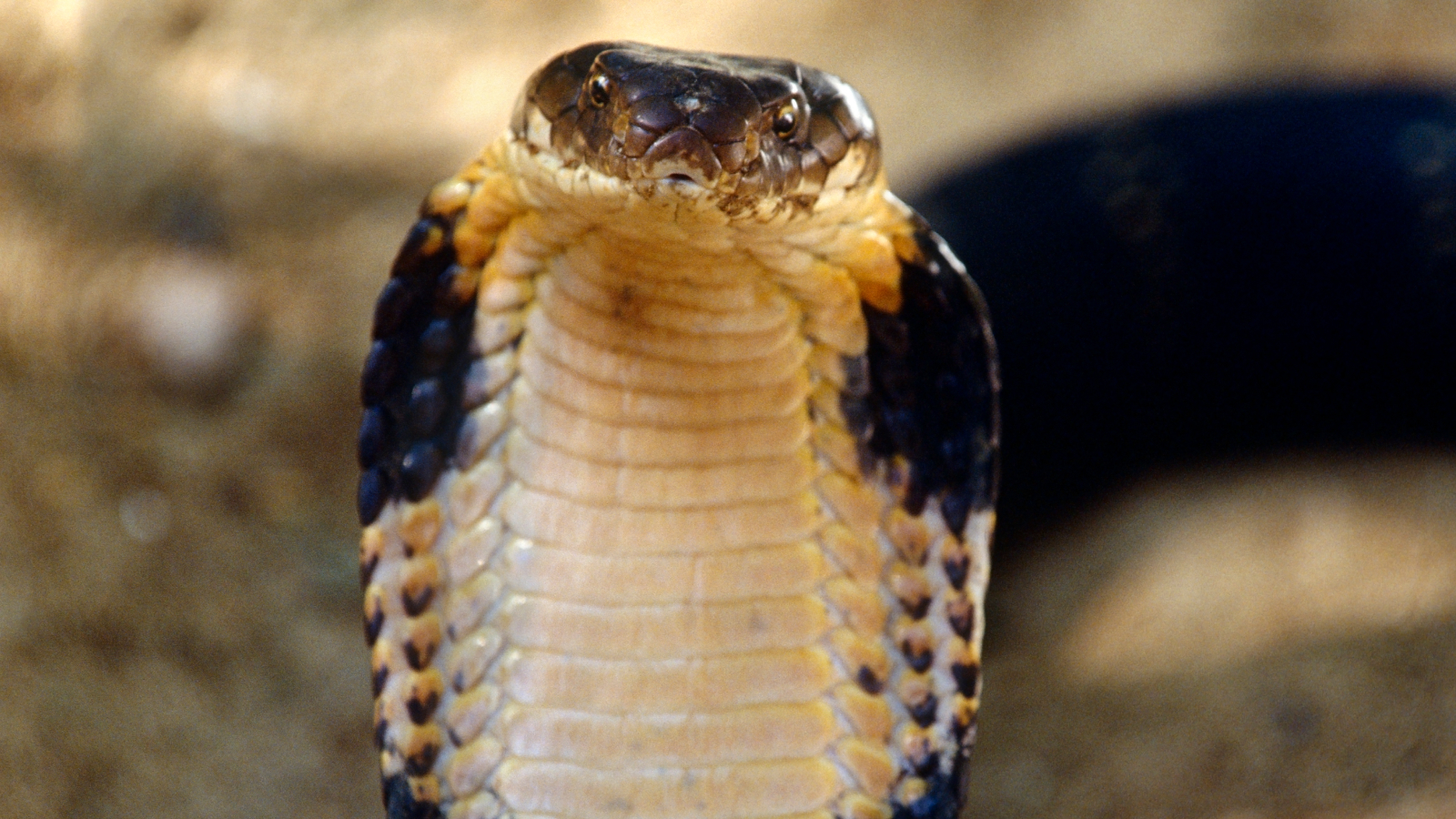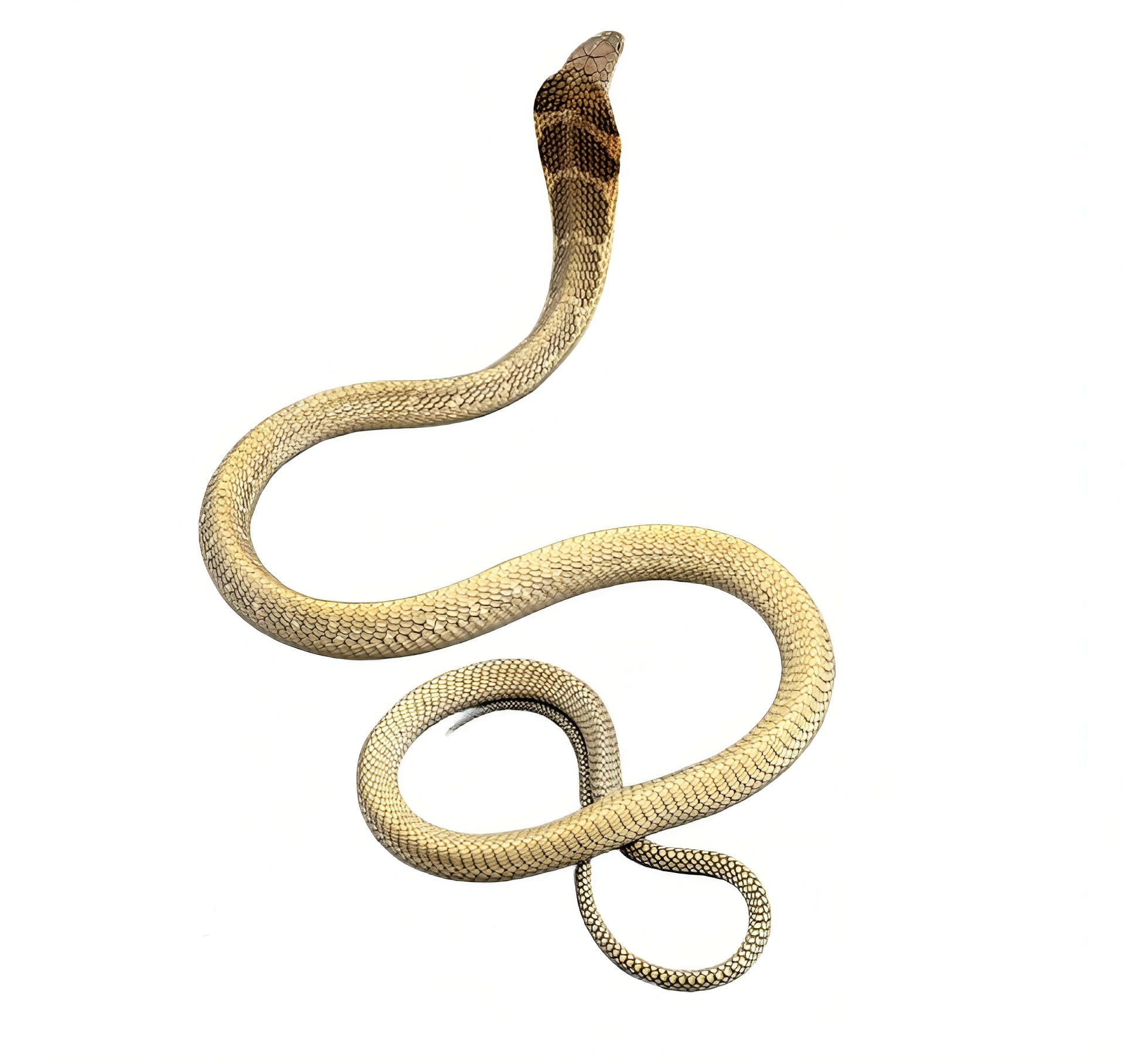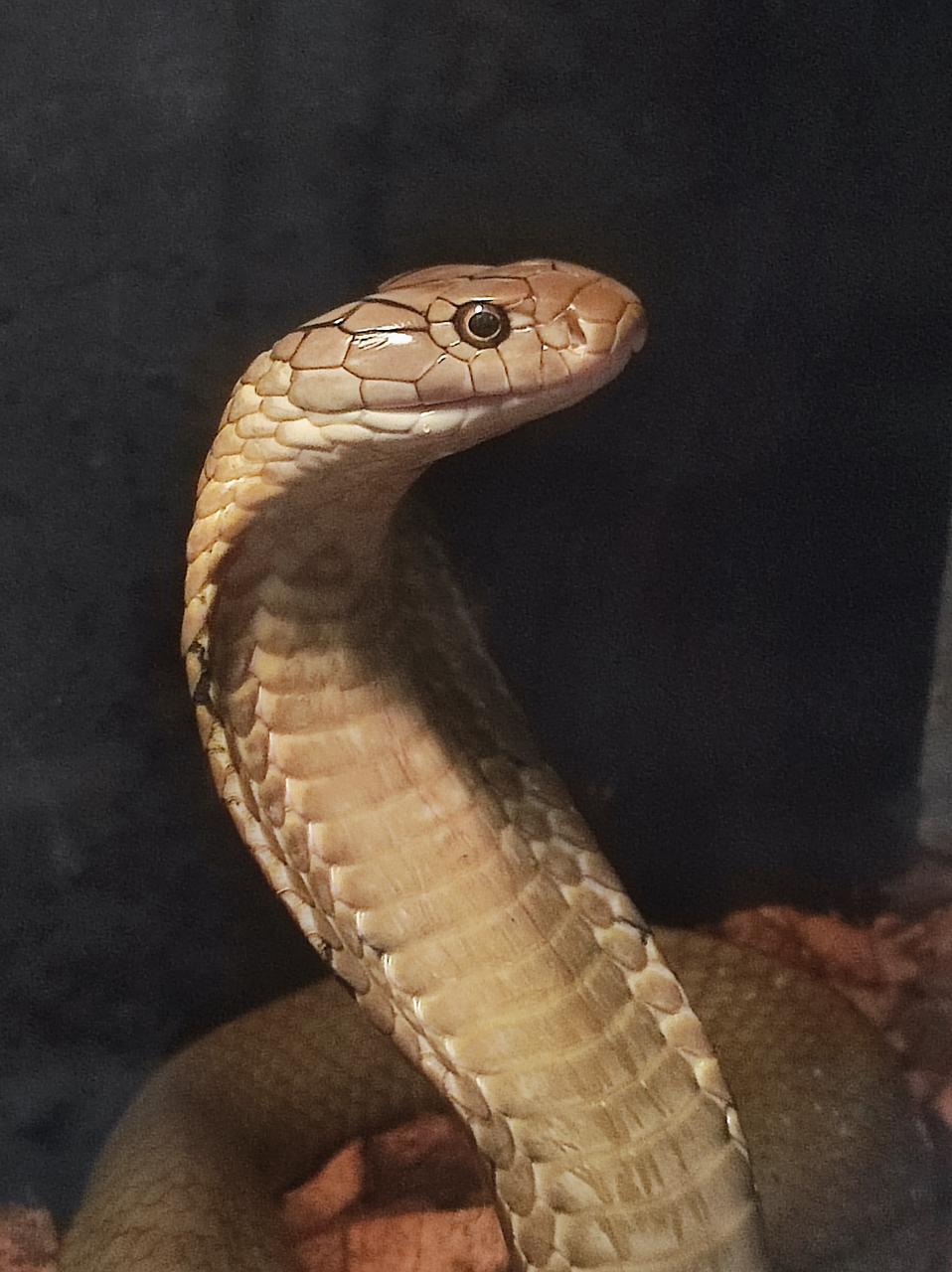
The mighty king cobra — the world's longest venomous snake — is actually four distinct species, scientists have confirmed in a new study.
For 188 years, the king cobra has been represented by a single species, Ophiophagus hannah. But this widely distributed species shows huge differences in body coloration and other physical characteristics across different regions, leading scientists to question whether it is a single species.
In a study published in 2021, scientists confirmed genetic differences among king cobra populations. Building on this research, scientists have now compared physical differences in museum specimens and identified four separate species: the Northern king cobra (O. hannah), the Sunda king cobra (Ophiophagus bungarus), the Western Ghats king cobra (Ophiophagus kaalinga) and the Luzon king cobra (Ophiophagus salvatana). The findings were published Oct. 16 in the European Journal of Taxonomy.
"I feel like we created history," study author Gowri Shankar Pogiri, founder of the Kalinga Foundation and director of the Kalinga Centre for Rainforest Ecology, told Mongabay.
Related: Evolution of snakes takes surprise twist — cobras didn't come from where we thought they did
King cobras live in humid environments, including open forests and dense mangrove swamps, from northern India to southern China and throughout Southeast Asia. Across these regions, their appearance varies in body color, pattern and size.
In the 2021 study, a DNA analysis that accounted for almost the entire distribution range of king cobras identified four distinct genetic lineages. These lineages were classified as confirmed candidate species — species yet to be formally described and named.
Building on this research, the new study looked at the physical differences among 153 museum specimens. An analysis of the specimens' body morphology — including their color patterns, body widths and dental characteristics led the researchers to identify four species corresponding to the genetic lineages found in the 2021 study.
The Northern king cobra (O. hannah) is widespread across the sub-Himalayas, eastern India, Myanmar and Indochina, and extends southward to the narrowest part of peninsular Thailand, in Kra Isthmus. Adults have dark-edged yellow bands and between 18 and 21 teeth.

The Sunda king cobra (O. bungarus) lives in the Malay Peninsula and the islands of the Greater Sundas — including Sumatra, Borneo and Java — as well as in Mindoro in the Philippines. Large individuals of this species are usually unbanded or have narrow, pale bands with dark edges along the body.

The Western Ghats king cobra (O. kaalinga) is restricted to the Western Ghats of the Indian Peninsula. This species differs from O. bungarus in that it does not have dark edges around the pale bands along its body.

Like O. kaalinga, the Luzon king cobra (O. salvatana) inhabits Luzon, an island in the northern Philippines. It has extremely angular pale body bands compared with the bands of the three other species.

All of these species are venomous. King cobras are amongst the most venomous snakes in the world and release a large dose of venom in a single bite that can kill a human in as little as 15 minutes. The new study shares that this could be the first step in developing improved antivenom from Ophiophagus bites in their respective regions.
Pogiri believes there may be more unknown king cobra species yet to be discovered on small islands that were not part of this research. "Studying them is already underway," he said.







